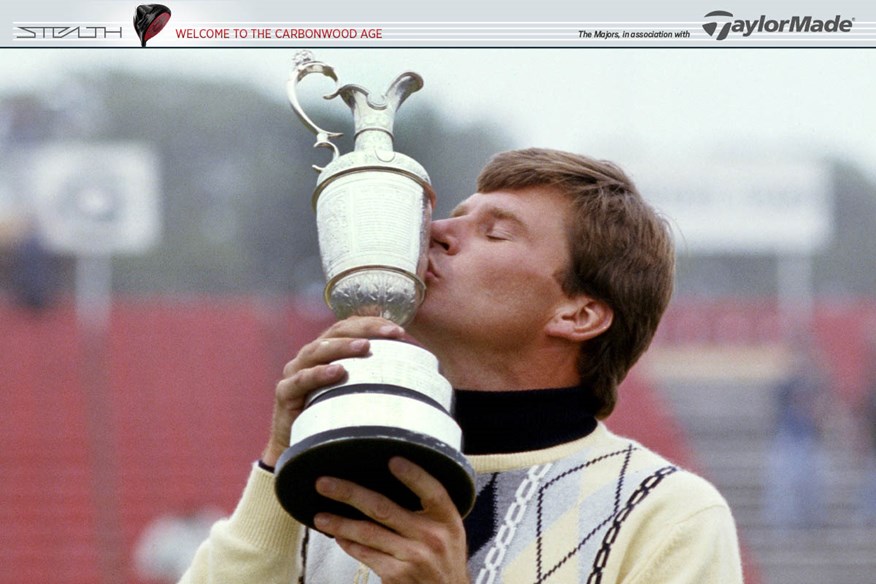The Open legends: Nick Faldo
Last updated:
The six Majors amassed by Sir Nicholas Alexander Faldo over a glittering career were split evenly between Augusta National and The Open Championship, three apiece spread across 10 glorious years. While many – mainly overseas – fans will pick Faldo reeling in Greg Norman at Augusta in ’96 as his finest hour, it’s hard to see beyond Muirfield in 1992, his second-round 64 an almost perfect display of control, the final four holes among the best of his life and the “half 5-iron” perhaps the shot of his life. Now 64 and 30 years removed from that last Open triumph, he remains synonymous with the game’s greatest Major. And as he explains here, it’s a love affair that goes both ways.
Today’s Golfer’s 2022 Major coverage is brought to you in association with TaylorMade.
People often ask me if the 11th hole at Augusta (scene of his two Masters play-off victories) is my favourite spot in golf, but it isn’t. It’s the 18th at Muirfield. The Masters is always at Augusta, so that doesn’t really count. Muirfield is the only other place where I’ve won twice. And that final hole, well, it’s where I’ve holed winning putts and hit the greatest long iron of my life. It has to be there.
It came down in stair-rods on Saturday morning in ’87. I played with Paul Azinger and it was my 30th birthday. I’d always said to myself that I wanted to be a millionaire by the time I reached 30. That seems a bit silly now, but it was all part of the motivation at the time. I’d served my apprenticeship and I still had my nerve, so the time was right.
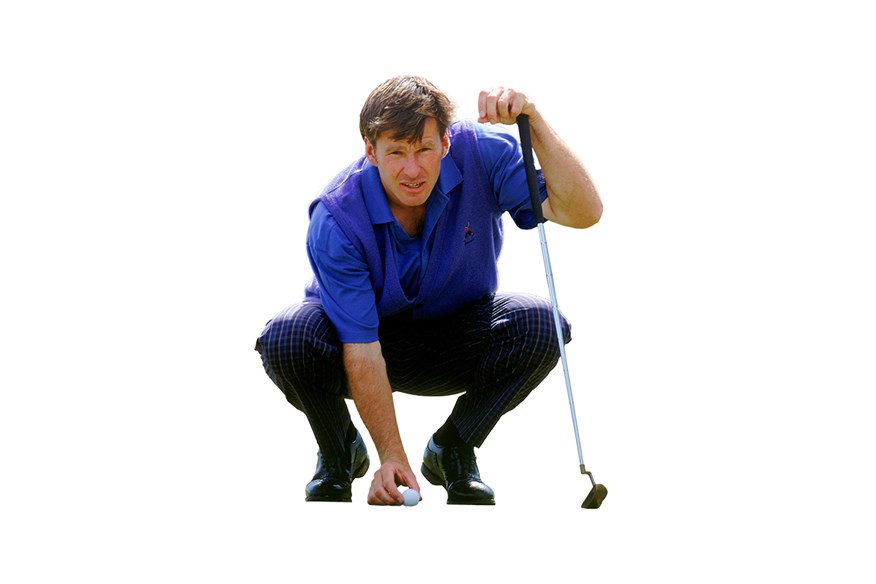
RELATED: The Secret Life Of The Swilcan Burn
After I finished, I sat in the R&A scorer’s tent where they had a couple of TVs, but I couldn’t bear to watch. Natalie was about 10 months old and she was standing in front of the television with her hands over it, while I had my head between my knees. Then I heard the groans as Azinger failed to draw level and knew I’d done it. I didn’t leap up and down; it was just pure relief.
On Saturday in 1990 I remember sticking a wedge to 2ft on the 1st, then on Sunday another wedge to a foot, and off we went. I birdied 15, which gave me the cushion to enjoy the view up 18! And the fans. I can still see the putt on 18 looking back down with the crowds having invaded the Valley of Sin… I thought, “Oh, I haven’t seen this before.” The fans started chanting “Fanny! Fanny! We want Fanny!” She (Fanny Sunesson) had only been on my bag since January. We won the Masters, did the whole of the US Open, then won The Open.
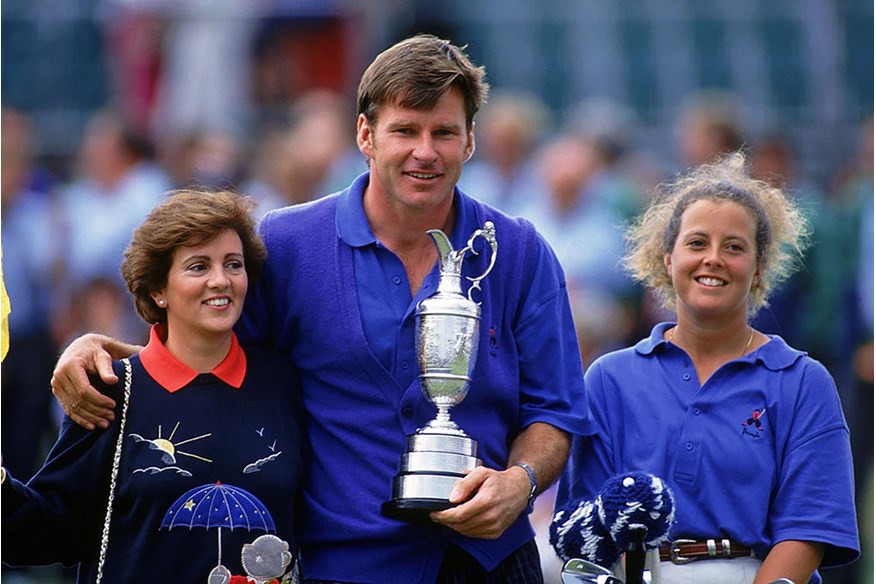
I love the tech side of the game. In fact, I wish I had come through in this era, because you have adjustable hosels and you can change a shaft in three seconds. It used to be a 24-hour job back in my day! I especially love inventions like TrackMan, because you can make one swing and get factual feedback rather than hitting 1,000 balls and going, “Hmm, not too sure about that.” But we’re already walking back and back to get to the Old Course’s championship tees, and I think that is a great shame for the game of golf. There is nothing worse than putting out and then having to head back 150 or 200 yards to the next tee.
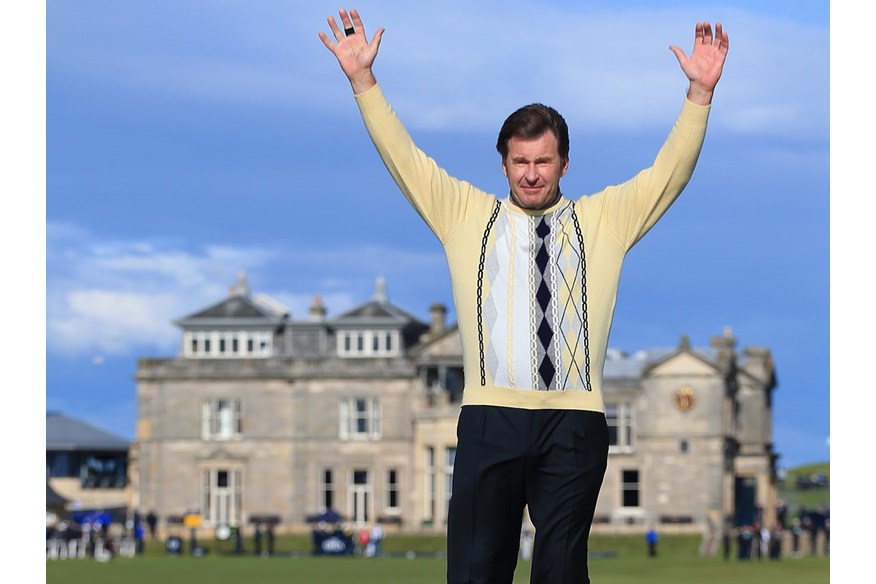
RELATED: Meet the voice of The Open
I had a good run through 1989 and 1990. Those couple of years, I compiled my own stats for the proximity to the hole and I used to mark how many balls I managed to hit inside a 15-foot circle each day. Every round I would get about a dozen shots inside that circle. So during that period, no matter what club I had in my hand, I could pick a fade or draw and execute it at will.
On most links courses it’s fun and necessary to have wide fairways, but that is balanced by the uncertainty of the wind. You’re always looking to gain advantage by finding the position for your next shot. It’s often a case of thinking ahead and plotting that next shot, based on the elements, slopes, mounds, thick or heavy rough, bunkers, pot bunkers and waste bunkers. Anything and everything on a links course is there to give you something to think about for the next shot.
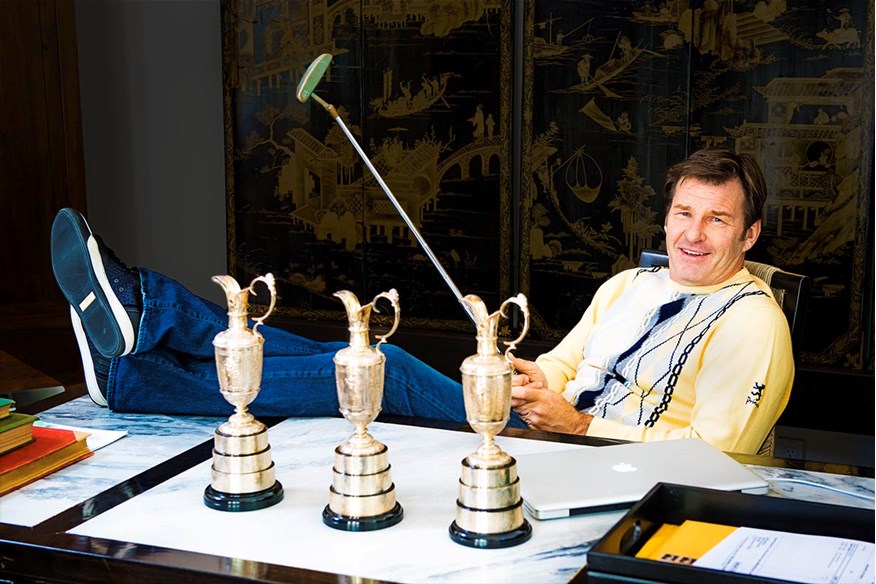
RELATED: What does The Open champion win?
I was invited into the commentary box for the first time when I missed the cut in the 2004 Open at Troon. It wasn’t something I ever saw myself doing, but I enjoyed it and I can’t have said anything too bad because I kept on getting invited back. Then, in 2006, I was offered the role of lead golf analyst on CBS and I absolutely loved it. Being on TV allows me to still be a high-profile golfer even though I actually play very little golf nowadays.
MORE FROM THE OPEN
Who is playing in the 150th Open and how did they qualify
Rory McIlroy – ‘I’d love The Open to be at St Andrew’s every year’
Shaun Lowry – ‘Winning The Open hasn’t changed me’
-
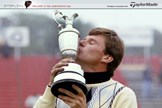 Nick Faldo kisses the Claret Jug Open Championship trophy after winning the 1987 Open
Nick Faldo kisses the Claret Jug Open Championship trophy after winning the 1987 Open
-
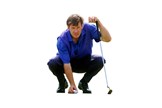 Nick Faldo lines up a putt during the final round of the British Open at Muirfield in Scotland.
Nick Faldo lines up a putt during the final round of the British Open at Muirfield in Scotland.
-
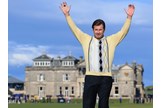 Sir Nick Faldo waves to the crowd as he stands on Swilcan Bridge during the second round of the 144th Open Championship at The Old Course St Andrews in 2015, his is last Open at the course.
Sir Nick Faldo waves to the crowd as he stands on Swilcan Bridge during the second round of the 144th Open Championship at The Old Course St Andrews in 2015, his is last Open at the course.
